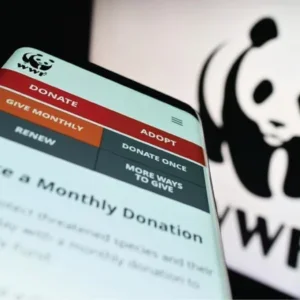It was a difficult decision to narrow down the list to achieve a final 20 and I am sure everyone will feel that certain individuals are missing from the list but all in all the high achievers all are mentioned. I offer my sincere thanks to those individuals who gave us their valuable opinions and in their own way have contributed to the final list. I also congratulate those that have made the list. In one way or another you and your organisations lead the way in our industry and should be considered as role models of how to make leather successfully.
Moving on to another topic that appears in this edition (see news), it follows on from the environmental campaigners – Greenpeace – investigation and report titled ‘Slaughtering the Amazon’ into how the cattle industry in Brazil is contributing towards deforestation of the mighty Amazonian rainforests and surrounding eco-systems. It was first
reported in our July edition. Such destruction, for no matter what
reason, cannot be condoned.
However, Sam Setter through the column Limeblast (see page 16-17) does bring Greenpeace to task on a few issues, particularly Greenpeace’s claim that the leather industry is part of the problem. They ignore the fact that this industry is a by-product of the meat industry and in its own way is recycling hides and skins that would otherwise be left to rot.
As a result of the Greenpeace report some international brands, in particular Nike and Timberland, Adidas, Geox and Clarks have subsequently issued statements that from next year all their suppliers will have to prove that they source hides and skins which are not from deforested regions. Sounds good in a press release but by the very nature of the international hides, skins and leather business it a very difficult trick to pull-off in practice. Maybe these brands do not source hides or leather from Brazil. My suspicion is that they probably do, leaving their suppliers to frantically cook-up a hide traceability scheme. The Center for the Brazilian Tanning Industry (CICB) is now working on an accreditation scheme for its national tanners. The certification also shows that the hides or leather has not been produced using slave labour.
Much has been written in these pages in recent months about our industry’s lack of being able speak up for itself or influence major brands or public opinion. Maybe one area where the tanning industry can have a direct influence is through the Leather Working Group (LWG) – www.leatherworkinggroup.com. In my opinion, it seems to be better placed than many of the local and international associations and collective bodies for one simple reason. It connects and speaks directly with the major brands and trendsetters such as Nike, Adidas, Wolverine and Ikea to name a few.
Those tanners who have managed to achieve the strict criteria set-out in order to reach either bronze, silver and gold awards are by no coincidence some of the most successful tanners in the world (as our Power List also testifies). The LWG meet regularly to hear what the brands want from them while at the same time they are able to put forward reasons and concerns from the industry to the buyer why certain goals will be difficult to achieve whether they be technical, logistical or financial. In other words they have a direct input into decision making rather than simply having to find a way of giving the customer what they want – even if it might appear unreasonable.
Please email me If you have any comments or suggestions.






